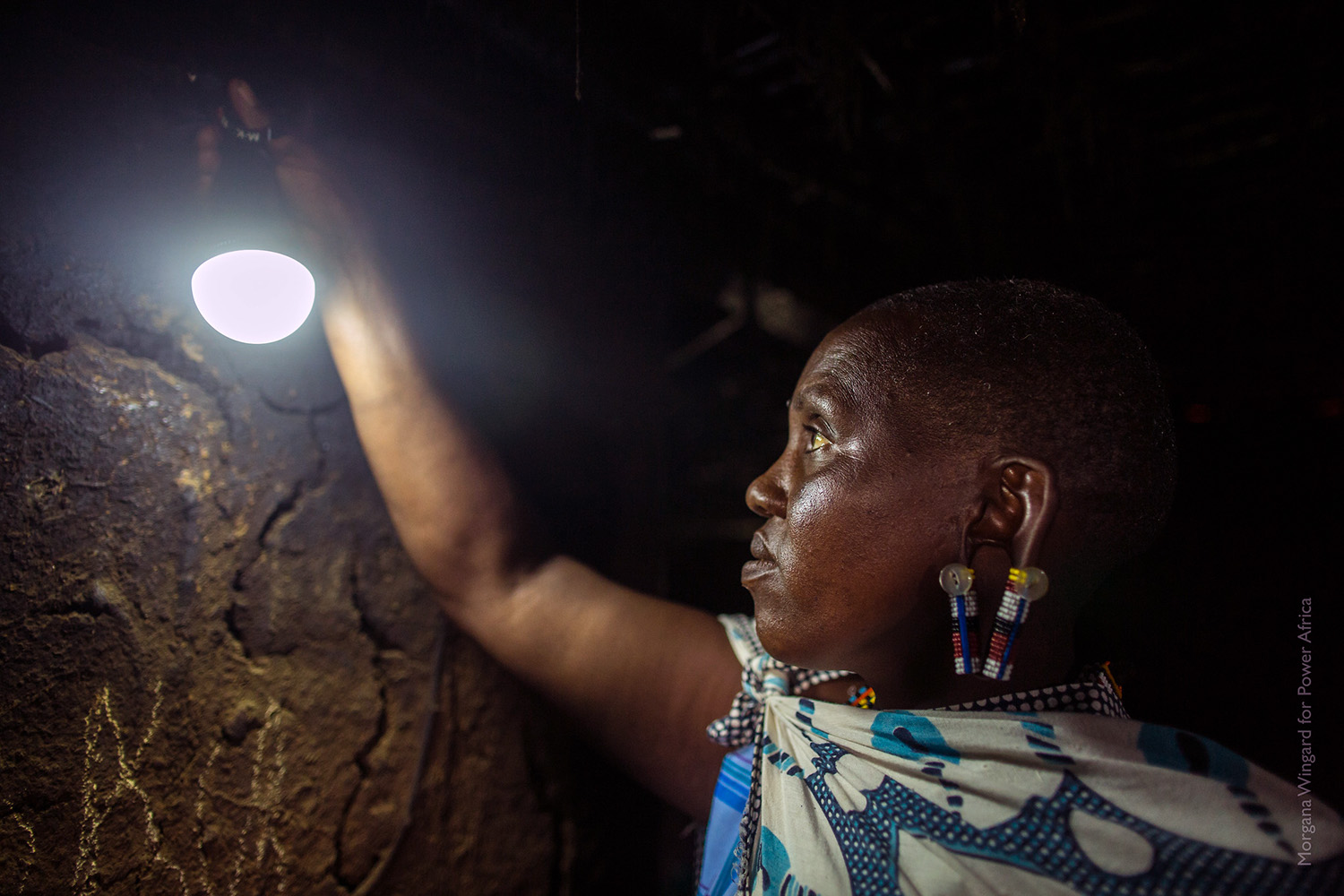How Can We Deliver Reliable Energy to Africa’s Health Sector?


Imagine: For almost 1 billion people, the closest health center either doesn’t have electricity or, at best, has unreliable power due to load shedding or outdated grid infrastructure. This means lifesaving health services such as surgery and neonatal care are available only on an ad hoc basis. In sub-Saharan Africa alone, this is the status of the nearly 100,000 health facilities that don’t have reliable electricity. Even before the COVID-19 pandemic—a defining moment that refocused many donors’ attention on the gaps in energy because of the need to refrigerate vaccines—there were numerous attempts to expand energy access for the health sector. But visitors to facilities that benefitted from this attention may find that, among the range of solar panels, batteries, and other equipment—donated and installed by different agencies—some will have ceased to function.
Why would that be the case? Until recently, health facility electrification (HFE) has been achieved primarily through traditional procurement methods, focused on immediate needs for power and less so on longer-term operations of the energy systems. In many cases, donors prefer or may even be required by procurement regulations to buy new equipment. These decisions are made without bothering to check whether the previously installed solar panels or other equipment could be repaired, or if equipment that’s outside their contract but necessary for operations still function. A more holistic approach—one that supports entire facilities and that incorporates long term operation and maintenance— is required to enable those facilities to achieve better health outcomes, often at lower costs.
The Health Electrification and Telecommunications Alliance (HETA) is Power Africa’s flagship initiative for health facility electrification and digital connectivity in sub-Saharan Africa, with a mission to catalyze public-private partnerships for sustainable business models that increase access to reliable, renewable energy and digital connections. As a Global Development Alliance, HETA is a partnership in which the U.S. government and the private sector leverage their combined resources, expertise, and capabilities to support country health systems’ adoption of renewable energy solutions. This is achieved through partnerships that collaboratively design market-based solutions that meet health facility needs.
With programs like HETA, we are seeing a shift away from the traditional procurement model. One of the shifts is characterized by an emphasis on productive uses of energy (PUE) as an avenue for sustainability. In this newer approach, the solar energy systems are oversized and designed to capture and store more energy than a health facility needs so that the surplus can be channeled to productive ventures operated by entrepreneurs who are co-located next to the health facility. These PUE approaches provide revenue streams that can support ongoing operations and maintenance (O&M) of the energy system, such as financing an O&M fund that sets money aside for regular cleaning of the solar panels, safe battery replacement, and the repair or replacement of other electromechanical equipment. It’s estimated that a minimum of 3.5 dollars a day is required by health facilities to ensure proper maintenance of equipment.
How Do We Incentivize Private Capital for Health Facility Electrification?
In models where a private sector company owns the equipment and receives payment only when the equipment delivers the energy it is supposed to, there is a strong incentive to keep the equipment running. Energy-as-a-service business models like these have been deployed successfully for private health facilities. For instance, in the mini-grid sector, private health facilities that have the ability and willingness to pay have acted as anchor loads. In commercial and industrial sectors, private health centers have installed stand-alone solar systems and have signed long term power purchase agreements with the energy service companies. But, while energy-as-a-service models may be feasible for private health facilities, it remains to be seen how these business models can be deployed in public health facilities, which represent the vast majority of health service delivery in sub-Saharan Africa.
There are several reasons why we don’t (yet) have many scalable examples for public health facilities, including the lack of a commercial business model for private capital investors. Without a proper business case it is hard to attract private capital to this space. The most challenging constraint remains the payment risks and lack of mechanisms that would mitigate this risk. It would be difficult for the private energy service company to switch off power to a health facility in case of non-payment, as that would have catastrophic outcomes.
Structuring bankable public private partnerships for health facilities—which, in most cases, have lower capacities—would result in high transaction costs. One way of reducing the transaction costs is to consolidate several small sites into one transaction.
Siloed policymaking between health and energy departments leads to separate national electrification plans and national health strategic plans, resulting in health facilities not being prioritized in electrification plans. Lack of coordination across government agencies will hinder the development of bespoke public-private partnership strategies and other policy measures. These are some of the challenges HETA is looking to overcome.
In countries such as Tanzania, Eswatini, Nigeria, Sierra Leone, and the Democratic Republic of the Congo, HETA is developing partnerships with an aim of crowding in the private sector to deliver innovative, sustainable electrification models adapted to the country’s policy and regulatory environment to address longer-term challenges in ensuring reliable energy. These solutions include oversizing solar photovoltaic systems so they can take advantage of technology innovations like net metering, distributed mini-grids in which one developer installs assets across a number of sites, and wheeling agreements between an independent power producer and the health system to reduce the cost of electricity.
In the energy-as-a-service business model, the service provider raises investment capital (debt or equity) from investors and may also get subsidies and guarantees from donors. The service provider ensures that service levels are met for the contract period. The government pays the provider on a regular basis, as it would other utilities: directly or through a financial institution once a third party verifies that the services have been rendered accordingly.
Some of the proposed energy-as-a-service business models seek to establish a dedicated project management unit, created by a country’s ministry of health or energy, with a mandate to engage the private sector for HFE. In such instances, governments have issued concessions for mini-grid development, with requirements for private sector developers to cross-subsidize HFE from other loads to ensure that the health facilities do not have to pay for electricity. This is the case in the UNOPS projects that successfully electrified 54 community health facilities. However, this model’s outcomes vary.
Therefore, we need to continue exploring how to design and scale business models that enhance private sector participation in HFE—especially de-risking mechanisms and credit enhancement tools. The sector’s contributions are vital to providing critical infrastructure at the intersection of health service delivery and Africa’s transition to renewable energy.
Learn more about Abt’s work in clean energy.
Read More

The 29th Conference of the Parties to the United Nations Framework Convention on Climate Change (COP29)
Abt will join governments, the private sector, and civil society at the 29th Conference of the Parties to the United Nations Framework Convention on Climate Change (COP29) this November to accelerate climate action.

Spotlight On: Climate Finance
Abt Global can help public-and private-sector actors take decisive action to finance climate mitigation and adaptation strategies.

Market Systems Symposium (MSS) 2024
Abt Global is sponsoring and presenting at Market Systems Symposium (MSS) 2024 in October 2024.

Climate, Environment & Energy – July 2024
Dive into our latest Climate, Environment, & Energy newsletter!